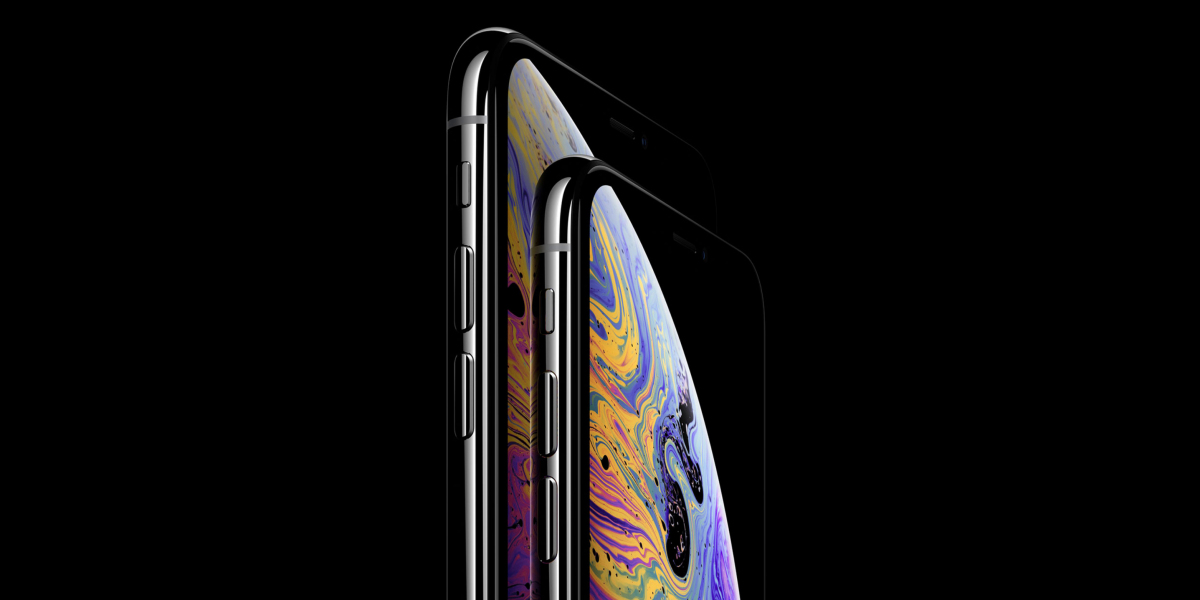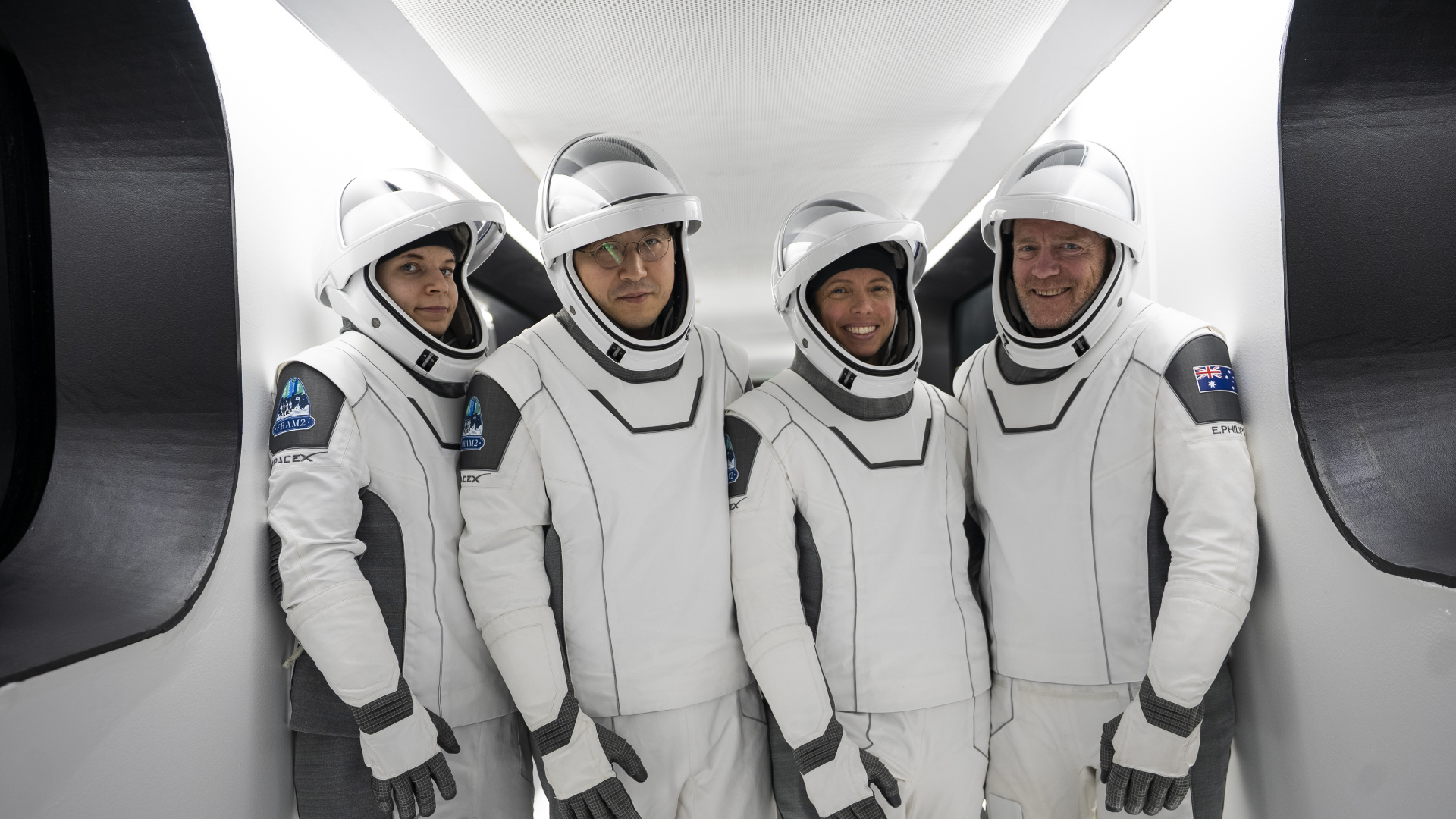A planet with a radius 55 percent larger than Earth’s has been discovered in the habitable zone of a relatively close star. A second planet, similar in size to Earth, is believed to also be within the habitable zone of the same system – making it the smallest habitable zone planet found by the TESS spacecraft. Discovering planets beyond our solar system used to be rare, but it has become more common. TOI-715b, and possibly TOI-715c, are standing out due to their size and location. Most exoplanets we have found orbit very close to their stars and are too hot for life. Most of those at more moderate temperatures are gas giants. However, large planets close to their stars are easier to find, resulting in a skewed representation.Being in the habitable zone doesn’t guarantee the possibility of life. The habitable zone has a conservative and an optimistic definition due to uncertainties about planetary temperatures. TOI-715b is in the conservative habitable zone, with a temperature suitable for liquid water. Despite being 137 light years away, TOI-715 is closer than most stars we study, allowing astronomers to investigate it with Earth-based telescopes.TOI-715’s age is uncertain, estimated at 6.6 billion years, leaving plenty of time for life to evolve. The atmosphere of TOI-715b is also uncertain, given that red dwarves, like TOI-715, are prone to flaring which can strip atmospheres from close-in planets. The larger size of TOI-715b may increase the chance of it retaining its atmosphere due to its stronger gravitational pull. However, the strength of its magnetic field is also important.
TOI-715b is unusual as planets we have found seldom have radii between 1.5 and 2 times that of Earth. The prospective planet TOI-715c, if it exists, is thought to be just 7 percent wider than Earth, placing it near the outer edge of the optimistic habitable zone. The report is published open access in the Monthly Notices of the Royal Astronomical Society.
Nearby Super-Earth Discovered Comfortably Inside A Star’s True Habitable Zone















